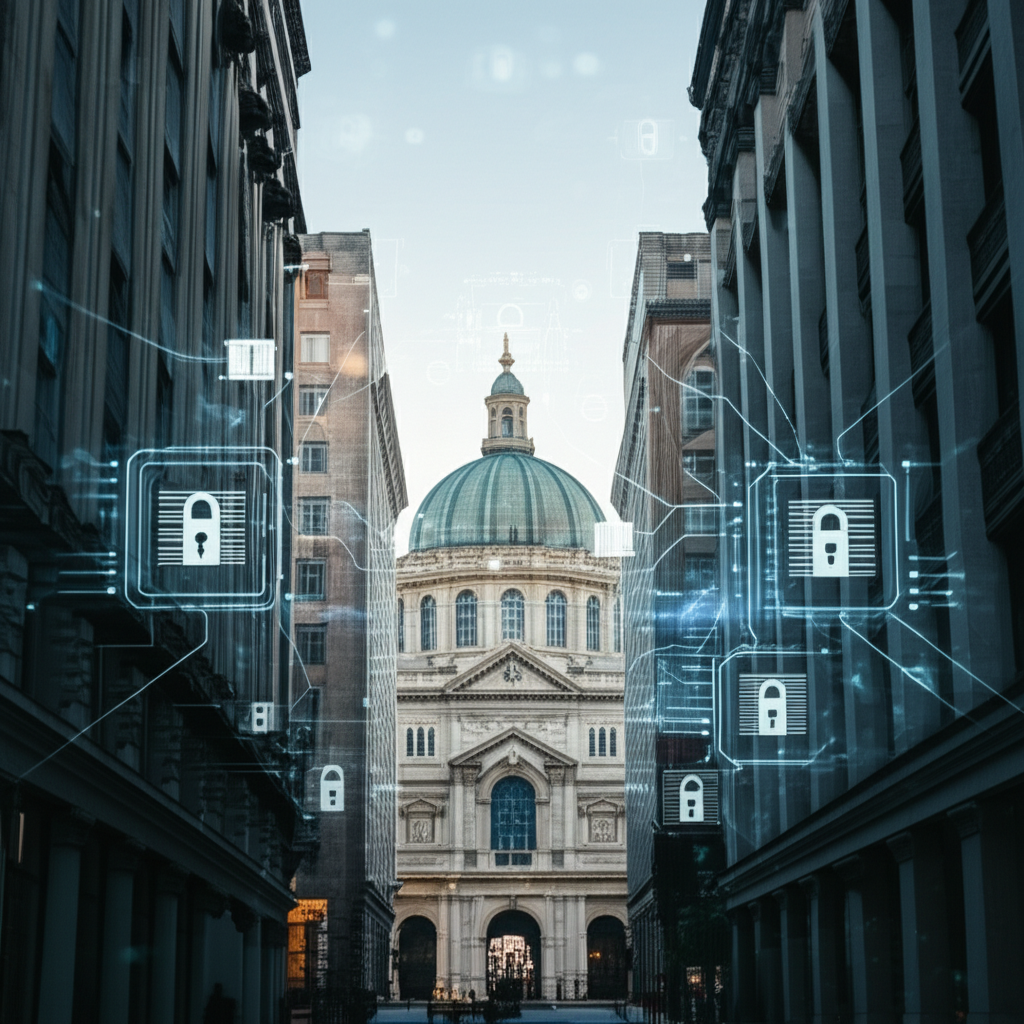The Quiet Revolution: How RWA Tokenization is Reshaping Institutional Finance with Blockchain
The financial world is witnessing a significant shift as major banks increasingly explore and adopt blockchain technology for the tokenization of real-world assets (RWAs). This trend, quietly gaining momentum, promises to unlock unprecedented liquidity, efficiency, and accessibility in traditional financial markets. This article delves into the core of this transformation, exploring the driving forces, technological underpinnings, and the evolving regulatory landscape shaping the future of finance.
The Genesis of Tokenized Real-World Assets
Tokenization of real-world assets involves representing tangible and intangible assets on a blockchain, transforming them into digital tokens. These assets can range from real estate and art to corporate bonds, commodities, and even intellectual property. Historically, illiquid assets become programmable, divisible, and transferable in a fraction of the time and cost associated with traditional methods. For institutions, this means a paradigm shift in how assets are managed, traded, and owned, offering a new frontier for investment and capital formation.
Driving Forces Behind Institutional Adoption
Major financial institutions are increasingly drawn to RWA tokenization due to several compelling advantages. Enhanced liquidity is paramount, as fractional ownership enabled by tokens allows for broader participation and easier trading of previously indivisible assets. Reduced settlement times, from days to mere minutes, significantly cut operational costs and counterparty risks. Furthermore, the transparency and immutability of blockchain records provide an auditable trail, boosting investor confidence and streamlining compliance efforts. This efficiency gain is proving irresistible for banks looking to modernize their infrastructure and offer innovative financial products.
Navigating the Evolving Regulatory Landscape
The journey towards widespread institutional RWA tokenization is inherently linked to regulatory clarity. Jurisdictions globally are grappling with how to classify and govern these new digital assets, with some leading the way in developing clear frameworks. Financial institutions are actively engaging with regulators to ensure compliance, building solutions that meet stringent AML/KYC requirements while leveraging blockchain’s benefits. This collaborative approach between innovators and policymakers is crucial for fostering a secure and trustworthy ecosystem, paving the way for mainstream adoption.
The Technological Backbone of Tokenization
The technological foundation of RWA tokenization primarily relies on robust blockchain platforms. While public blockchains offer decentralization, many institutional deployments utilize permissioned blockchains or enterprise-grade versions of protocols like Ethereum or Polygon. These platforms provide the necessary security, privacy, and scalability demanded by large financial entities. Smart contracts automate complex agreements and asset transfers, drastically reducing manual processes and human error, thereby creating a more efficient and error-resistant financial ecosystem.
Future Prospects and Market Impact
The long-term implications of RWA tokenization for global finance are profound. Analysts predict a significant portion of traditional assets will eventually be tokenized, leading to a more interconnected, efficient, and democratized financial system. This shift is expected to unlock trillions in new value, facilitating innovative financial products, opening new investment avenues for a broader range of investors, and fostering greater global capital flow. The convergence of traditional finance with blockchain is not just a trend but a foundational change defining the next era of financial markets.
Conclusion
The tokenization of real-world assets by major banks marks a pivotal moment in the evolution of Web3 and blockchain technology’s integration into traditional finance. This shift promises to redefine liquidity, efficiency, and accessibility in global markets. As regulatory frameworks mature and technological solutions become more sophisticated, the tokenized economy is poised to become a cornerstone of the future financial landscape, offering unprecedented opportunities for growth and innovation.

